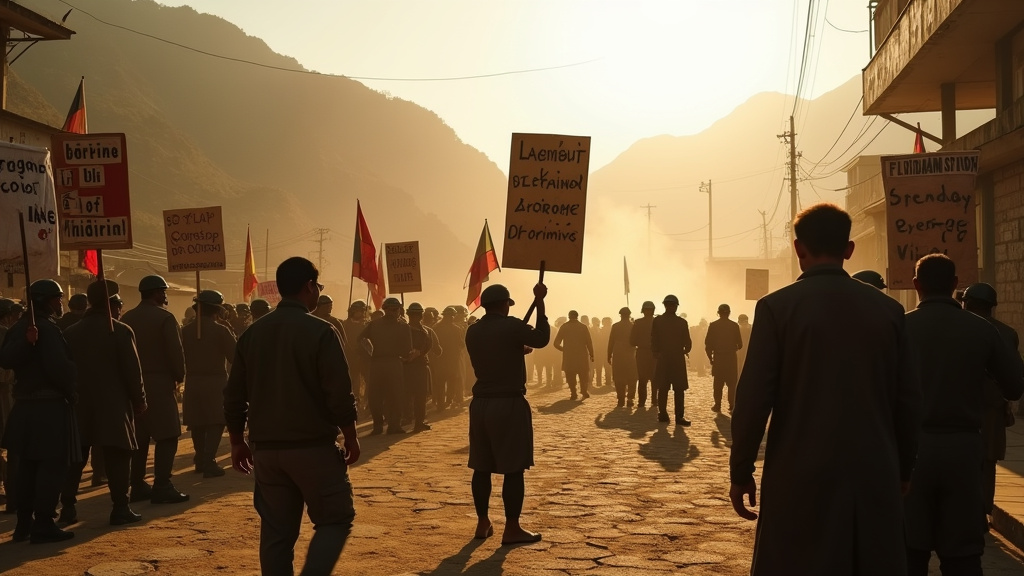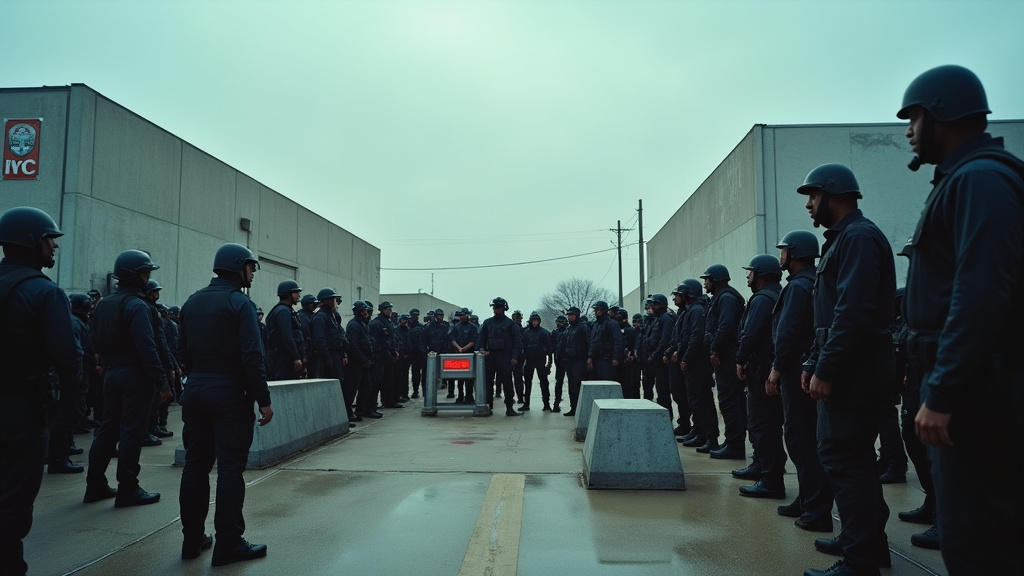Main Heading
Introduction
On January 28, 2025, a tragic incident unfolded at the Maha Kumbh festival in Prayagraj, India, as a stampede led to several feared fatalities and numerous injuries. The festival, renowned as the world’s largest religious gathering, attracts millions of Hindu devotees seeking spiritual purification through ritualistic bathing in the sacred confluence of the Ganges, Yamuna, and the mythical Saraswati rivers. This article delves into the events that transpired, the significance of the Maha Kumbh festival, and the broader implications of crowd management during religious gatherings.
Understanding the Maha Kumbh Festival
The Maha Kumbh festival occurs every 12 years, drawing millions of pilgrims from across India and beyond. It is believed that bathing in the sacred waters during this auspicious time cleanses one of sins and liberates the soul from the cycle of reincarnation. The festival is not only a religious observance but also a cultural spectacle, featuring a vibrant display of processions led by ascetics, known as sadhus, who embody the spiritual essence of Hinduism.
The festival commenced on January 13, 2025, with authorities anticipating a staggering 400 million attendees over its six-week duration. The event serves as a focal point for unity and devotion among Hindus, showcasing their faith through various rituals and communal activities.
The Stampede Incident
As the festival reached its peak on January 28, a sacred day marked by significant spiritual importance, tens of thousands of devotees flocked to the riverbanks for their ritual baths. Amidst the overwhelming crowd, a stampede broke out, leading to chaos and panic. Distressed families gathered outside makeshift hospitals, anxiously searching for information about their missing loved ones, while rescuers worked tirelessly to aid the injured.
Eyewitness reports noted that personal belongings, including clothes, blankets, and backpacks, were left scattered in the aftermath of the stampede. The exact cause of the panic remains unclear, but local news outlets reported that at least ten fatalities were confirmed. This incident is a somber reminder of the potential dangers inherent in mass gatherings, particularly those steeped in religious fervor.
Government Response and Crowd Management
In the wake of the stampede, Yogi Adityanath, the Chief Minister of Uttar Pradesh, urged pilgrims to avoid the crowded confluence area and seek alternative bathing spots along the riverbanks. His post on the social media platform X did not directly address the stampede but instead cautioned against succumbing to rumors regarding safety conditions.
The Uttar Pradesh government had implemented extensive measures to ensure the safety of attendees, deploying approximately 50,000 security personnel to maintain order and manage the dense crowds. Additionally, the authorities established a comprehensive infrastructure, including a sprawling tent city equipped with thousands of kitchens, toilets, and healthcare facilities. Over 2,500 surveillance cameras, some utilizing artificial intelligence technology, were installed to monitor crowd movements and density, allowing for swift responses to potential emergencies.
Despite these preparations, the tragic stampede underscores the challenges faced in crowd control during significant religious events. The sheer volume of attendees often overwhelms infrastructure, leading to situations where safety measures may fall short.
Historical Context of Religious Gatherings in India
Sadly, stampedes at religious gatherings are not unprecedented in India. The 2013 Kumbh Mela in Prayagraj witnessed a similar tragedy, where at least 40 pilgrims lost their lives during a stampede at a train station. More recently, in July 2024, a religious gathering in Hathras resulted in the deaths of 116 individuals, primarily women and children, due to another stampede triggered by overcrowding.
These incidents reveal a recurring pattern where inadequate infrastructure, combined with large crowds, contributes to tragic outcomes. The need for improved crowd management strategies and safety protocols becomes increasingly urgent as religious gatherings continue to grow in scale and significance.
The Role of Spirituality and Community
While the Maha Kumbh festival is marred by this unfortunate incident, it is essential to recognize the profound sense of spirituality and community that defines such gatherings. For millions of Hindus, participating in the Kumbh Mela represents a sacred pilgrimage, an opportunity to seek forgiveness, and a moment to connect with their cultural heritage.
The festival fosters a sense of belonging and unity among devotees, as they come together to share in their faith, rituals, and communal activities. The sight of millions of people bathing in the holy waters is a powerful testament to the enduring strength of religious belief and the cultural significance of the Kumbh Mela.
Conclusion
The stampede during the Maha Kumbh festival serves as a tragic reminder of the complexities involved in managing large-scale religious gatherings. As communities come together to celebrate their faith, it is vital for authorities to prioritize crowd safety and implement effective measures to prevent future tragedies. While the incident has cast a shadow over the festival, the resilience and unwavering spirit of the Hindu community remain evident as millions continue to honor their traditions and beliefs.
In the aftermath of this incident, it is crucial for both government officials and organizers of religious events to reflect on the lessons learned and to innovate crowd management strategies that can accommodate the growing number of attendees while ensuring their safety. As the world watches, the Maha Kumbh festival will continue to symbolize the enduring power of faith, community, and cultural identity in the face of adversity.












